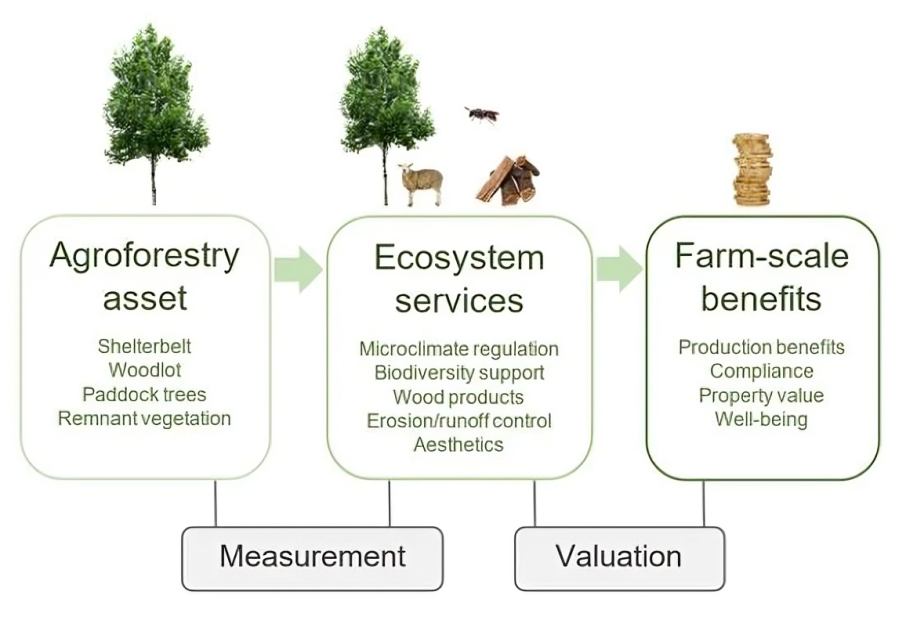Make An Assets
Make Biological Assets
Sandalwood is an extremely valuable resinous heartwood extracted from the stems of Aquilaria and Gyrinops trees which are mostly native to Southeast Asia. The procedure involves a physical contamination of a wounded part of the tree where a certain fungi will attack the cells of the stem which will lead to the production of harvest. Agarwood is formed as an antibody to fight against the fungi and this is a unique characteristic of Aquilaria and Gyrinops trees.
Sndlwood formation can result both through natural and human-induced ways. While the natural formation has almost become extinct, mankind has found an alternative method that involves fungi inoculation. By injecting the fungi to the tree trunk Agarwood can be formed and the quality of the Sandawood heavily depends on the quality of the inoculation. However, it is common knowledge that no inoculation method can reach the quality of naturally formed Sandalwood also known as wild Oud. The natural formation can happen when the tree is struck by lightning or damaged by animal scraping, triggering the antibody inside the stem of the tree.
Gyrinops Walla locally known as “” is a unique species of Sandalwood that is indigenous to Sri Lanka. It is stated that travelers such as Ibn Batuta took this species of Sandalwood to the Arabian Oud market centuries ago.
Sandalwood is identified as one of the most expensive and valued trees in the world due its multipurpose characteristics. From the root to its leaves Agarwood can be utilized in various industries such as Pharmaceutical, Cosmetic, Tea, Perfumery and Aromatherapy. It consists of many medically valuable contents, some even capable of treating breast cancer. Oud oil is used to manufacture essential oil, perfumes, shampoos, soaps, creams, scrubs, lipsticks and incense sticks.

Sandalwood is an extremely valuable resinous heartwood extracted from the stems of Aquilaria and Gyrinops trees which are mostly native to Southeast Asia. The procedure involves a physical contamination of a wounded part of the tree where a certain fungi will attack the cells of the stem which will lead to the production of harvest. Agarwood is formed as an antibody to fight against the fungi and this is a unique characteristic of Aquilaria and Gyrinops trees.
Sndlwood formation can result both through natural and human-induced ways. While the natural formation has almost become extinct, mankind has found an alternative method that involves fungi inoculation. By injecting the fungi to the tree trunk Agarwood can be formed and the quality of the Sandawood heavily depends on the quality of the inoculation. However, it is common knowledge that no inoculation method can reach the quality of naturally formed Sandalwood also known as wild Oud. The natural formation can happen when the tree is struck by lightning or damaged by animal scraping, triggering the antibody inside the stem of the tree.
Gyrinops Walla locally known as “” is a unique species of Agarwood that is indigenous to Sri Lanka. It is stated that travelers such as Ibn Batuta took this species of Agarwood to the Arabian Oud market centuries ago.
Agarwood is identified as one of the most expensive and valued trees in the world due its multipurpose characteristics. From the root to its leaves Agarwood can be utilized in various industries such as Pharmaceutical, Cosmetic, Tea, Perfumery and Aromatherapy. It consists of many medically valuable contents, some even capable of treating breast cancer. Oud oil is used to manufacture essential oil, perfumes, shampoos, soaps, creams, scrubs, lipsticks and incense sticks.
Sandalwood is an extremely valuable resinous heartwood extracted from the stems of Aquilaria and Gyrinops trees which are mostly native to Southeast Asia. The procedure involves a physical contamination of a wounded part of the tree where a certain fungi will attack the cells of the stem which will lead to the production of harvest. Agarwood is formed as an antibody to fight against the fungi and this is a unique characteristic of Aquilaria and Gyrinops trees.
Sndlwood formation can result both through natural and human-induced ways. While the natural formation has almost become extinct, mankind has found an alternative method that involves fungi inoculation. By injecting the fungi to the tree trunk Agarwood can be formed and the quality of the Sandawood heavily depends on the quality of the inoculation. However, it is common knowledge that no inoculation method can reach the quality of naturally formed Sandalwood also known as wild Oud. The natural formation can happen when the tree is struck by lightning or damaged by animal scraping, triggering the antibody inside the stem of the tree.
Gyrinops Walla locally known as “” is a unique species of Agarwood that is indigenous to Sri Lanka. It is stated that travelers such as Ibn Batuta took this species of Agarwood to the Arabian Oud market centuries ago.
Agarwood is identified as one of the most expensive and valued trees in the world due its multipurpose characteristics. From the root to its leaves Agarwood can be utilized in various industries such as Pharmaceutical, Cosmetic, Tea, Perfumery and Aromatherapy. It consists of many medically valuable contents, some even capable of treating breast cancer. Oud oil is used to manufacture essential oil, perfumes, shampoos, soaps, creams, scrubs, lipsticks and incense sticks.
6 reasons why you should Grow in Sandalwood
which is used in fragrances, incense, medicines, and aromatherapy, as well as in cultural religious ceremonies. The precious, highly valued, fragrant agarwood has a history dating back thousands of years, and is used in cancer research, in traditional Chinese medicine, in the treatment of respiratory disorders, and given as gifts and used in ceremonial practices (both religious and secular) all over the world. It is also carved into sculptures, beads and boxes. The agarwood market, whether for oil, agarwood chips or medicinal end-user applications, is growing rapidly.
as well as many other varied and growing commercial uses. Agarwood Chips, a by-product of agarwood, are burned to produce a pleasant aroma. Its use ranges from a general perfume to an element of important religious occasions. Irregular chunks of agarwood, usually a few centimetres long and weighing 10-200g, may be cut or broken into smaller pieces and then burned, usually in a specially made incense burner.
Oud oil, another key by-product of Sandalwood, is an extremely valuable commodity that has been prized throughout history and is now one of the most important ingredients in the fragrance industry, with one out of eight major fragrances containing Oud. The market for fragrances continues to grow at an accelerating pace, with more than 1,200 luxury fragrances launched each year. Oud-based fragrances, with their intense smoky woodiness, are becoming a mainstay in modern perfumery, with many global high-end fragrances using Oud as a base note ingredient.
Sorry, this should have been reason number 1! Only 7% of wild Aquilaria trees produce Agarwood. This has caused and still is causing the unnecessary cutting down of wild Aquilaria trees as it is necessary to cut down the tree in order to see whether it is infected and produced Agarwood. The cutting down of trees causes billions of tons of carbon dioxide (a greenhouse gas) to be released into the air. About 20% of the world’s greenhouse gas emissions are a result of deforestation. An improvement essential to the sustainability of the environment is the planting of trees, both to relieve the global shortage of trees for lumber, pulpwood and firewood, and as important sources of energy and income for the developing world. Planting will also help to reduce the effects of global warming. Your investment will directly cause the plantation of new trees!
Inflation and low interest rates have made bank saving accounts uninteresting. Agarwood is the ideal investment opportunity in everybody’s reach. Returns are usually paid out after 7 years and right now, average returns are 157% over these 7 years.
trees and associated products are the only assets that grow by themselves – naturally, and independently of any economic situation. The harvesting of trees can be postponed if need be, with the owner safe in the knowledge that the assets are gaining in value. Whereas, other commodity assets such as mines or oil wells, will not be able compensate for the loss of interest when income is not being generated.

Ready to get started?
Contact us!
We will answer any questions you may have about our online sales right here. Monday to Friday from 09:00 to 21:00
